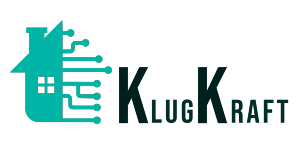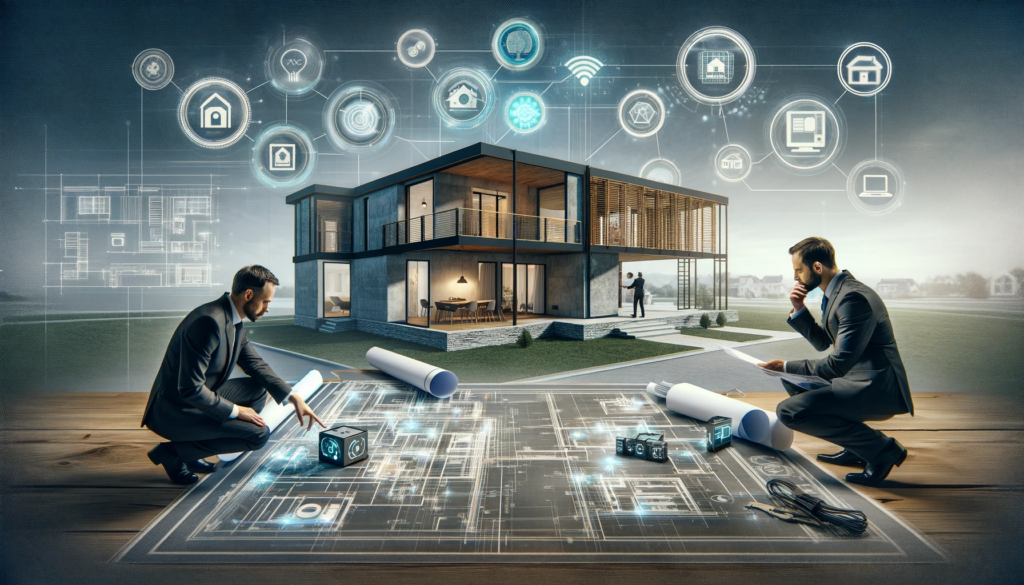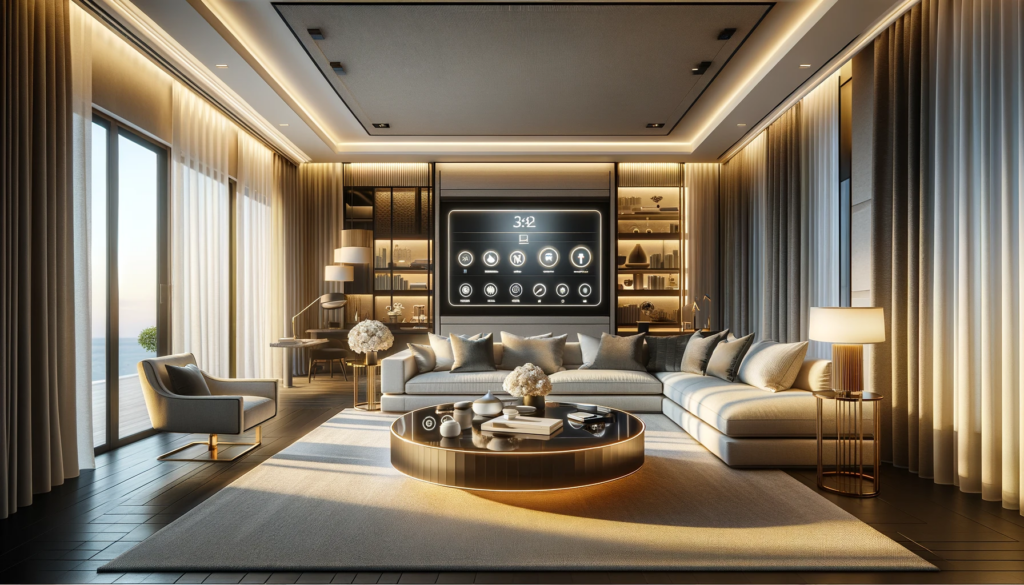Incorporating automation wiring in the creation of a new home requires meticulous planning and coordination at every stage of design and construction. By understanding the homeowners’ needs and integrating automation systems thoughtfully. Interior designers and architects can enhance the functionality, efficiency, and comfort of modern homes.
Conceptualization and Planning Stage
The journey of automation wiring begins at the conceptualization and planning stage. At this point, architects and interior designers work closely with clients to understand their needs, preferences. And the extent of automation they envision in their new home. This stage involves:
- Defining Automation Goals: Identifying which aspects of the home the client wishes to automate. Such as lighting, climate control, security systems, and entertainment units.
- Assessment of Space: Evaluating the spatial layout to determine the best ways to integrate automation systems without compromising aesthetics or functionality.
- Technical Feasibility: Consulting with automation and technology specialists to understand the technical requirements and feasibility of the desired automation features.
Design Development Stage
As the project moves into the design development stage, architects and interior designers begin to integrate the automation plan into the home’s overall design. This stage involves:
- Integration with Architectural Elements: Ensuring that the wiring and hardware for automation systems blend seamlessly with the architectural elements. Maintaining the aesthetic integrity of the space.
- Collaboration with Engineers: Working with electrical and network engineers to plan the wiring infrastructure. This includes deciding on the locations for control panels, sensors, and other hardware components.
- Flexibility for Future Upgrades: Considering the future-proofing of automation systems, allowing for easy upgrades as technology evolves.
Construction and Implementation Stage
During the construction phase, the planned automation systems begin to take physical shape. This stage is critical for the precise implementation of the automation wiring and involves:
- Coordination Among Contractors: Ensuring that the construction team, electricians, and automation specialists work in tandem to implement the wiring plan accurately.
- Quality Assurance: Conducting regular inspections to ensure that the installation of automation systems adheres to the planned specifications and quality standards.
- Testing and Calibration: Once installed, each automation component is thoroughly tested and calibrated to ensure optimal performance.
Post-Construction and Fine-Tuning Stage
After the construction is complete, there’s still work to be done to ensure that the automation systems operate seamlessly. This final stage involves:
- User Training: Educating the homeowners on how to use the automation systems, including troubleshooting common issues and making minor adjustments.
- Fine-Tuning: Adjusting settings and configurations based on the homeowners’ usage patterns and preferences to optimize the systems’ performance.
- After-Sales Support: Providing ongoing support to address any technical issues or upgrades that may arise in the future.
KlugKraft is the premier online destination for system integrators and interior designers to showcase their home & office automation products. This platform is meticulously crafted to highlight the synergy between innovative technology and elegant design. Providing a comprehensive portfolio space for professionals. KlugKraft allows experts to display their latest smart home technologies, from intuitive lighting solutions to sophisticated security systems, all designed to enhance modern living. By offering a dynamic and interactive showcase, KlugKraft not only connects these professionals with potential clients but also sets a new standard in the integration of technology and design in home automation, ensuring every space is as functional as it is visually stunning. KlugKraft (a unit of Smart Group)



